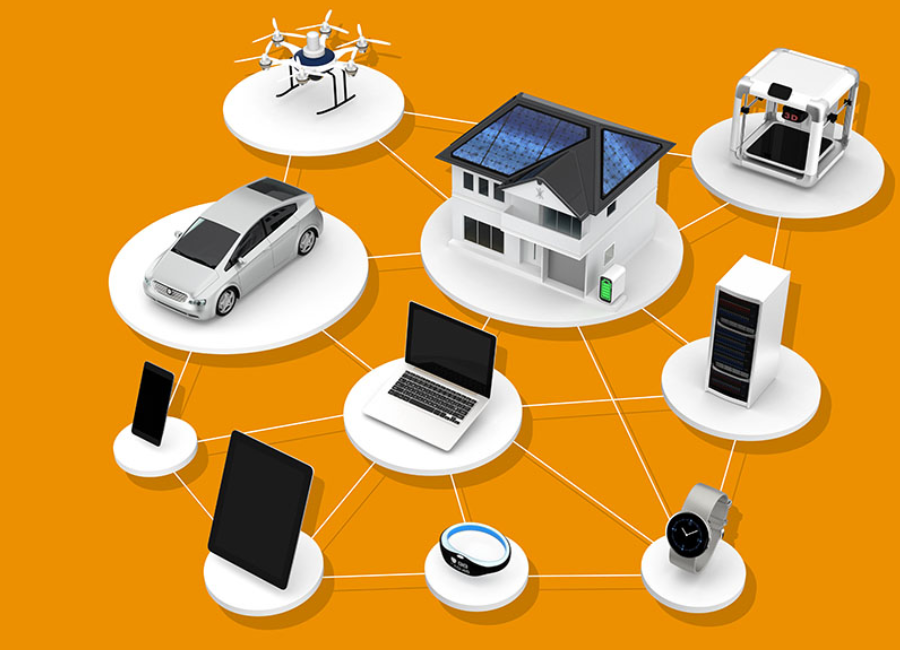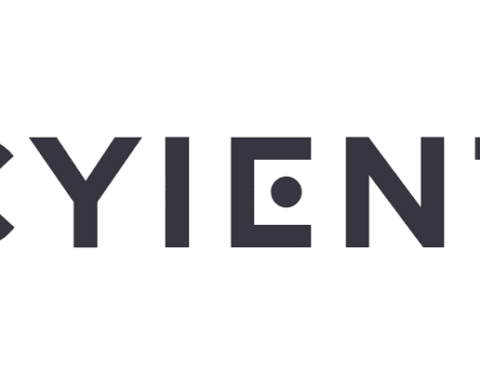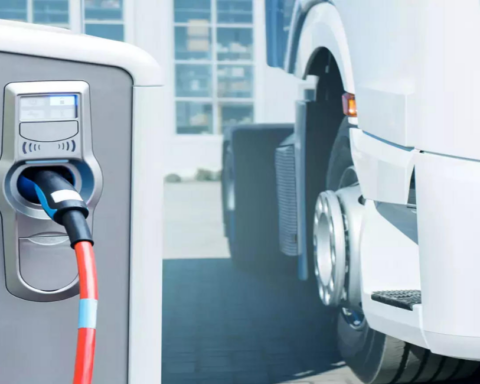The transcript delves into the insights of Sulajja Firodia Motwani, Founder and CEO of Kinetic Green, on the dynamic shifts shaping India’s electric vehicle (EV) charging ecosystem. This in-depth interview explores the profound impact of EVs on India’s energy landscape, accentuating the pivotal role of smart management in fostering sustainability and efficiency. Discussions span from government initiatives to cutting-edge technologies such as smart energy management systems, vehicle-to-grid (V2G) technology, and the strides these advancements have made in steering India’s future and combatting key challenges. As per the Prime Minister’s statement in 2021, an ambitious projection outlined an 80% market penetration of EV sales for two and three-wheelers. This forecast subsequently influenced the energy and EV landscape. The anticipated growth rate in electric vehicle sales, from approximately 6,90,550 electric two-wheelers sold in 2022 to an estimated 1,39,36,691 by 2030, is a clear indication of the expected surge in this domain. Alongside this surge comes a myriad of hurdles, ranging from grid pressure and infrastructure challenges to electricity demand supply. These challenges necessitate substantial investment and innovation.
The emergence of innovative technologies like the Smart Energy Management System plays an essential role in streamlining the growth of the EV ecosystem. This technology effectively manages energy demand, leveraging advanced algorithms and cloud-based platforms to optimize charging, considering grid conditions, renewable supplies, energy costs, policies, and EV owner preferences. Furthermore, the V2G technology introduces a balance to the grid and enhances reliability by enabling EVs to release excess electricity when idle. The conversation further emphasizes the impact of these technologies on renewable energy reliance, cost-saving charging options, and how V2G may contribute to managing renewable energy demands and stabilizing the energy system.
Additionally, it highlights the significance of repurposing EV batteries post their lifespan, showcasing their potential to aid grid services, such as balancing renewable energy systems and managing peak loads. The article further discusses the steps taken by the Indian government to standardize EV charging infrastructure, emphasizing Bharat EV Standards, Central Electricity Authority (CEA) Regulations, and the Bureau of Indian Standards (BIS). Moreover, the integration of technologies like Distributed Ledger Technology (DLT) and Digital Integration Hubs is spotlighted as it enhances the EV charging ecosystem. The segment concludes by underlining the crucial regulatory and policy considerations essential for the successful development of the EV charging ecosystem in India.








